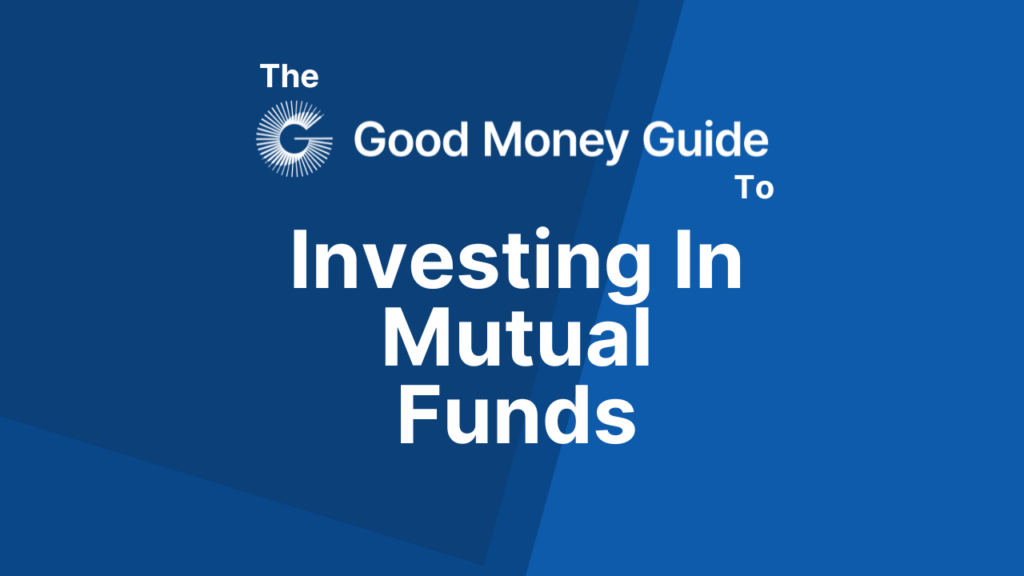Putting your money into mutual funds can be a great way to invest for the future. With these investment products, you can get diversified exposure to the stock market and other areas of the world’s financial markets at a relatively low cost.
Wondering how to invest in mutual funds? You’ve come to the right place. Here’s a guide to getting started with these popular investment products.
Getting started with mutual funds
Investing in mutual funds is a relatively straightforward process today. There are five main steps involved. These are outlined below:
Step 1. Decide on an asset class
The first step is to decide on which asset class you want to invest in. Some options include stocks, bonds, and commodities.
At this stage of the process, it’s a good idea to think about your financial goals and risk tolerance. What are you trying to achieve by investing in mutual funds? How long is your investment horizon? And how much risk (volatility) are you willing to take on?
The answers to these types of questions will help you decide on the best asset class for you. For example, if you’re looking to generate long-term growth and you are comfortable with some volatility, a mutual fund that is focused on stocks might be the best option for you.
It’s worth noting that there are mutual funds that offer exposure to multiple asset classes. These can be a good place to start if you don’t want to take on too much risk initially.
Step 2. Decide on active or passive
The next step is to decide whether you want to invest in an actively-managed mutual fund or a passive fund.
An actively-managed fund is one that is managed by a professional fund manager, who will pick investments for the fund on your behalf. An example here is the Fidelity Magellan Fund.
By contrast, a passive fund is one that is simply designed to track an index such as the S&P 500 or the Nasdaq 100. An example here is the Vanguard 500 Index Fund Admiral Shares, which aims to track the performance of the S&P 500.
Step 3. Pick a fund
Once you know what asset class you want to invest in and you have made a decision in relation to active versus passive, the next step is to choose a particular mutual fund to invest in.
Here, it can pay to do some research. Some things to consider when analyzing a mutual fund include:
- Its investment strategy – make sure you understand, and are comfortable with, the fund’s strategy.
- Its long-term performance track record – look for products that have produced strong market-beating returns over the long run.
- Its ratings from research firms – a 5-star rating from Morningstar is always encouraging.
- Its fees – fees can eat into your returns over time so look for products that have relatively low fees.
Step 4. Decide on an investment platform
After you have decided what mutual fund you want to invest in, it’s time to choose an investment platform or broker to invest through.
This is where Good Money Guide can help. At Good Money Guide, we compare Mutual Fund investment platforms to help you find the best one for your individual needs.
One important thing to consider when choosing a platform is the types of investment accounts that are available (e.g. taxable brokerage accounts, Individual Retirement Accounts (IRAs), Roth IRAs, etc.). If you’re investing for retirement, you may want to consider investing within an IRA or Roth IRA as these accounts have tax benefits.
Step 5. Invest your money
Finally, the last step is to open an account with your preferred investment platform provider and invest in the mutual fund you decided on. This is usually a very simple process, but you may need to go through some identification checks.
It’s worth pointing out that when investing in a mutual fund for the first time, it’s generally not wise to invest all your money at once. Instead, it’s a better idea to drip feed money into your product of choice over a period of three to 12 months. By ‘averaging-in’ like this, you can reduce the risk of seeing the value of your investment take a big hit on the back of some market weakness.
FAQs
Are mutual funds a good investment? Mutual funds are generally considered to be good long-term investments because they provide diversified exposure to the markets, reducing your risk. However, before investing in these funds, it’s important to consider your investment goals and risk tolerance to make sure these investment products are suitable for you.
How can I start investing in mutual funds? If you want to start investing in mutual funds, you will need to open an account with an investment platform or broker. At Good Money Guide, we review investment platforms to help investors find platforms that match their requirements.
What mutual fund would be best for a beginner? This will depend on the investor’s goals and risk tolerance. However, if the beginner had a long-term investment horizon and was comfortable taking on some risk in order to generate strong long-term returns, then a global equity fund could be a solid option.

Based in London, Edward is a distinguished investment writer with an extensive client portfolio comprising a diverse array of prominent financial services firms across the globe. With over 15 years of hands-on experience in private wealth management and institutional asset management, both in the UK and Australia, he possesses a profound understanding of the finance industry.
Before establishing himself as a writer, Edward earned a Commerce degree from the prestigious University of Melbourne. Complementing his academic background, he holds the esteemed Investment Management Certificate (IMC) and is a proud holder of the Chartered Financial Analyst (CFA) qualification.
Widely recognized as a sought-after investment expert, Edward’s insightful perspectives and analyses have been featured on sites such as BlackRock, Credit Suisse, WisdomTree, Motley Fool, eToro, and CMC Markets, among others.
You can contact Ed at edward@goodmoneyguide.com



